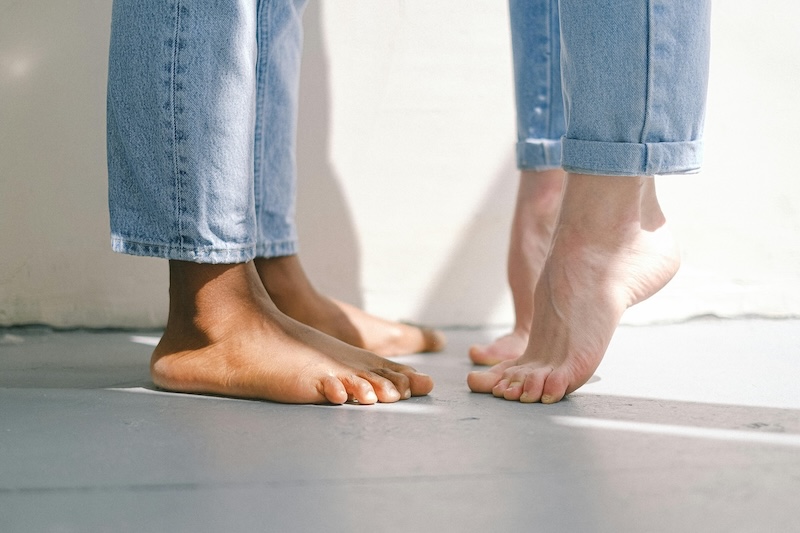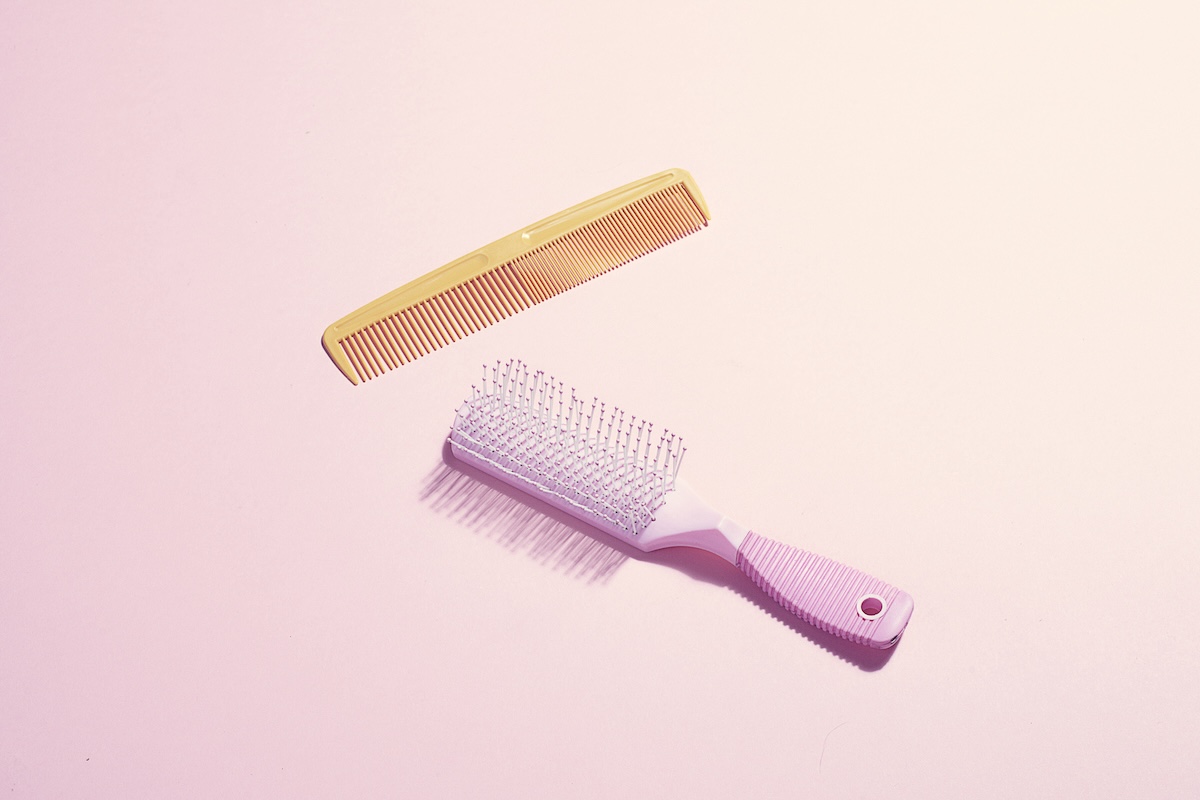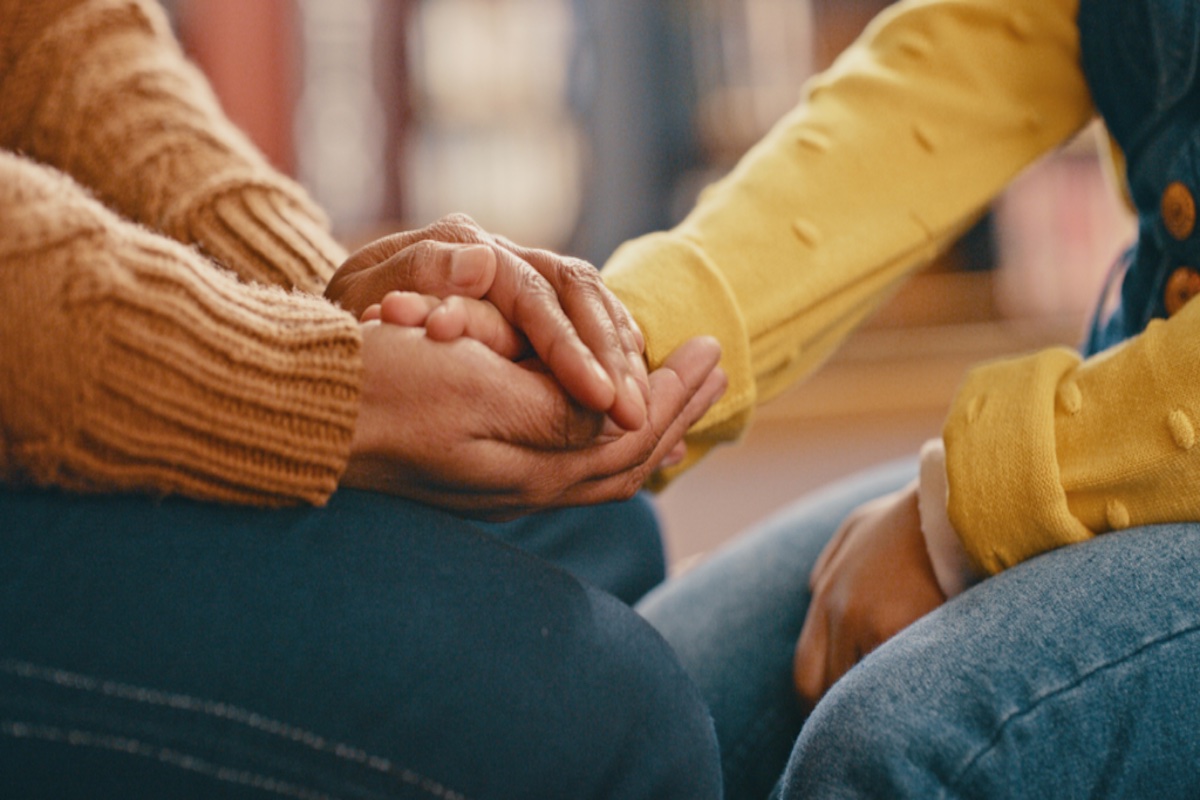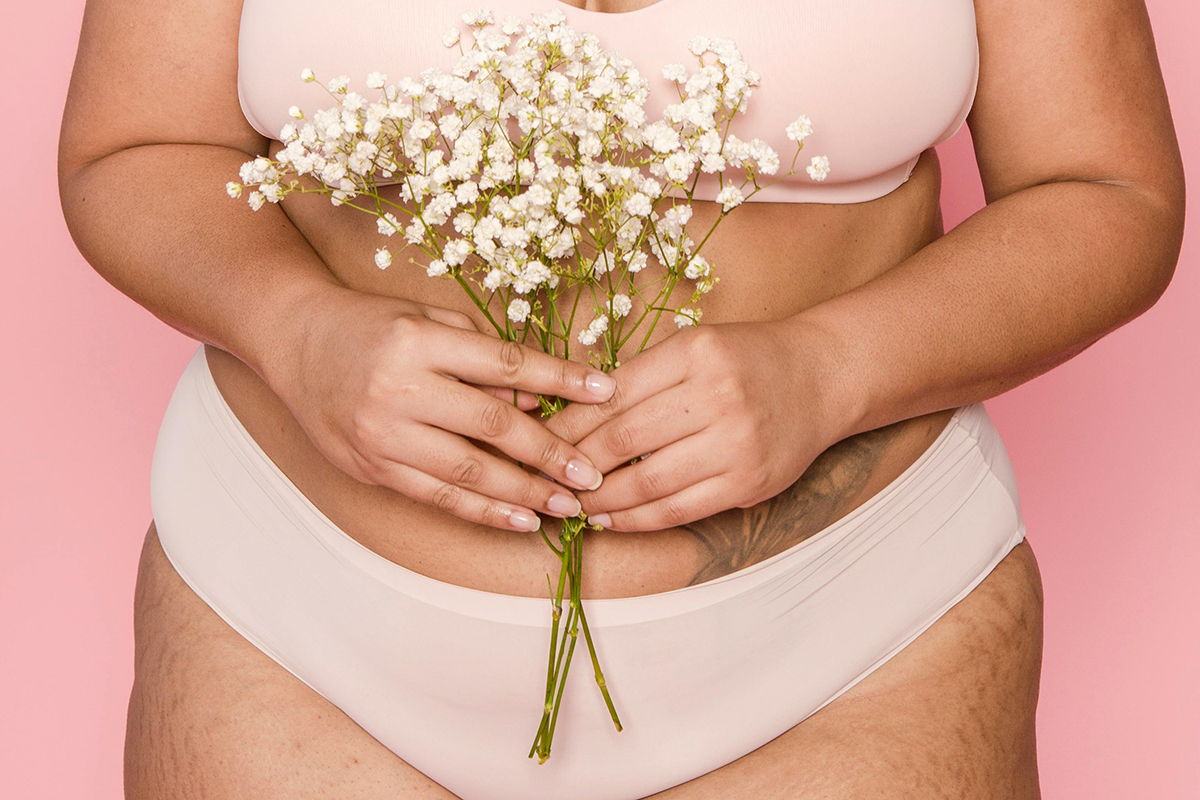My feet grew while I was pregnant: one size up; my baby is 14 months now. Will they ever go back to pre-pregnancy size? They aren’t swollen anymore, just a size longer, so all my pre-preggie shoes don’t fit. Am I wasting my time holding onto them? I suspect it was the relaxin hormone with all the tendons between the bones in my feet and toes.
—Tanya
I am sorry to report that you are indeed probably wasting your time. I looked into this in detail, and I’m afraid your question is answered by the title of this paper: “Pregnancy Leads to Lasting Changes in Foot Structure.”

The authors in this paper follow 49 women from pregnancy through five months postpartum. They find that foot size does increase during pregnancy. Interestingly, what happens is the arch gets less rigid, leading to a broadening and flattening of the foot, which often results in a need for a larger size shoe. These authors found that the foot size did not revert five months postpartum.
I will say: this is only five months out! So maybe three or four years later, things will return to normal. Then again, maybe not. In the meantime, buy some nice shoes!
Community Guidelines
















Log in
Part of the reason I religiously wore orthotics during my pregnancies was because my mom’s shoe size permanently increased from 10 to 11 after having kids. My mother couldn’t bear to part with her most special shoes, so she gave them to me as a teenager when my feet grew to be size 10 as well.
It’s been 27 years since my fourth and last baby was born. I have run three marathons (which can change feet!) and countless shorter road races. Went from a size 8 to a 9 or 9 1/2. Donate your too-small shoes and have fun shopping for new ones. (my new motto is “comfort over cute.”)
I’m nearly 4 years post-partum and while my feet did finally return to my usual size (was a half size up for around 3 years), I still generally need wide-width shoes now instead of my previous medium-width shoes. Possibly having to replace all of your carefully-chosen (and likely not cheap) footwear is one of the hidden costs of giving birth that no one tells you about!
I’m three years postpartum and still up a shoe size. I had to buy all new shoes. I delayed and crammed my feet into too small shoes hoping they would go back. Save yourself the pain! I’m pregnant again and terrified I’ll go up another size! I’m 5’ and wear a size 9 now. A 10 would be comical!